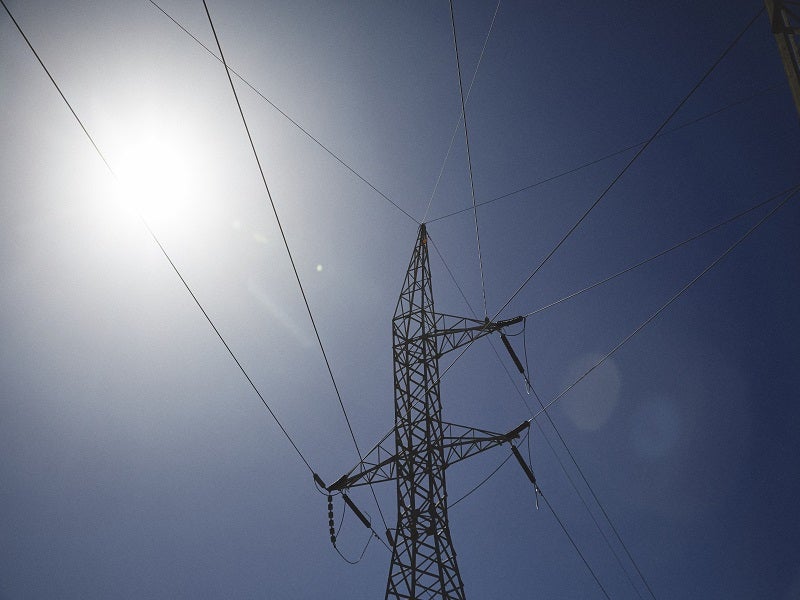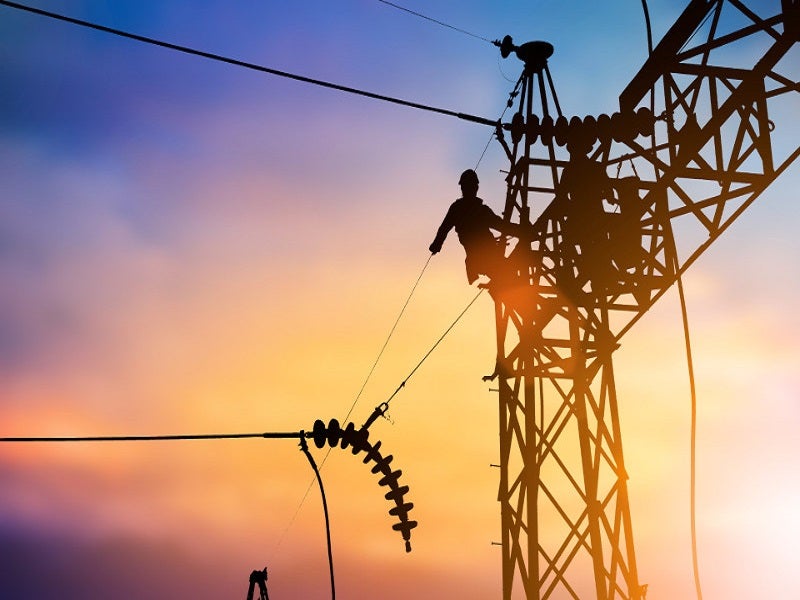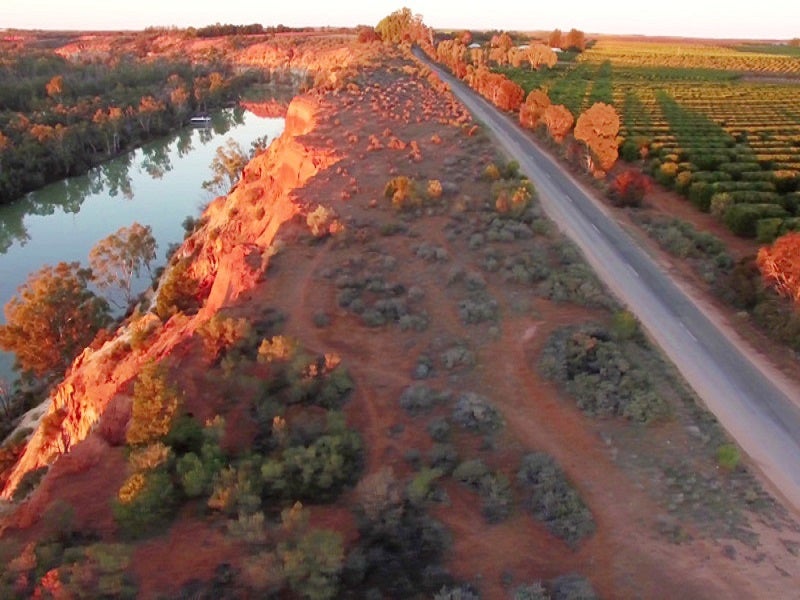Project EnergyConnect involves the construction of a 900km long, 330kV above ground transmission line from South Australia (SA) to New South Wales (NSW) in south eastern Australia. The project will provide connection between multiple transmission networks to allow power inflow across the two regions.
The high voltage alternate current (HVAC) transmission line is being jointly developed by ElectraNet, SA’s electricity transmission network provider, and Transgrid, NSW’ transmission network provider. An estimated investment of £1.10bn ($1.5bn) is being made in the project.
The project has been declared as critical state significant infrastructure (CSSI) by the government of NSW in a bid to boost the National Energy Market of Australia.The project has also been listed as a Group I Priority Project in the Draft 2020 Integrated System Plan (ISP) by Australia Energy Market Operator (AEMO).
The environmental impact assessment (EIS) for the project is currently ongoing and is expected to be completed in the latter half of 2020. The construction is set to begin by mid-2021, upon receiving approval, and completion is scheduled for mid-2023.
Project EnergyConnect aims to support 5.3GW of electricity generated by 30 wind and solar projects, which are planned to be developed in SA, NSW and Victoria.
Project EnergyConnect proposed route
The proposed route for the project includes a 330kV transmission line beginning from the existing Robertstown substation to a proposed new substation at Bundey located 10km-15km northeast. From Bundey substation, a new 330kV double circuit HVAC transmission line will continue till Buronga and end at Darlington Point.
The final 330kV single circuit HVAC transmission line will start from Darlington Point and end at Wagga Wagga in NSW, which completes the interconnector circuit.
Buronga will also serve as a junction with a new 220kV double circuit transmission line to Red Cliffs in Victoria.
The project will be constructed in the identified Renewable Energy Zones, once the proposed transmission line route receives approval.
Project EnergyConnect development background
The project was formerly named as Riverlink by AEMO and later renamed as Project EnergyConnect by ElectraNet. The governments of SA and NSW signed a Memorandum of Understanding (MoU) to expedite the delivery of the project at the 21st Council of Australian Governments (COAG) Energy meeting in December 2018.
The developers submitted the project assessment and conclusions report (PACR) under the Regulatory Investment Test for Transmission (RIT-T) to the Australian Energy Regulator (AER) in February 2019. The RIT-T test is administered to projects with an estimated cost of more than $6m to assess their long-term benefits, and reliability standards.
The AER found that the project passed the cost benefit test administered under the RIT-T in January 2020. ElectraNet and Transgrid are planning to submit applications for project funding with a decision expected from the AER by mid-2020.
The partners will also engage in route refinement, landholder meetings and environmental planning assessment. Transgrid has shortlisted bidders for the design and construction of the NSW section from SA Border to Wagga Wagga.
Contractors involved
ACIL Allen Consulting was contracted by ElectraNet to determine the preliminary estimates of the impact of the new transmission line on electricity prices.
Project benefits
The project will reduce the residential power bill by $66 and $30 per year in SA and NSW, respectively. It will also cut down the electricity bills for small businesses by $132 in SA and $71 in NSW annually.
It is estimated to deliver $2.45bn in benefits approximately twice the cost of project. It will also help in improving energy security by integrating more renewable energy sources into the National Electricity Market of Australia.





